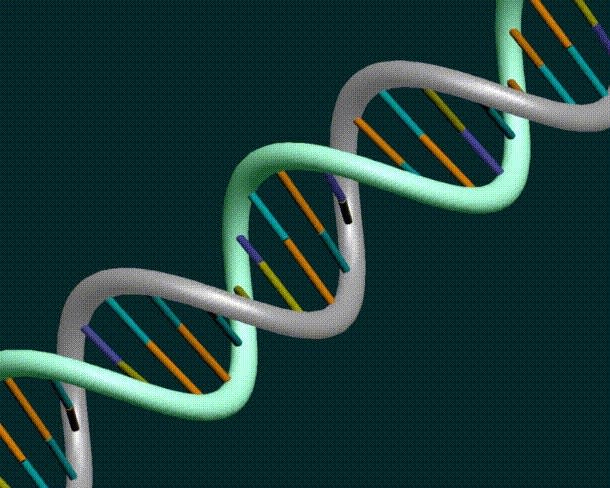Mixed: Reflections on RacePosted in Articles, Census/Demographics, Identity Development/Psychology, New Media, Social Science, United States on 2010-04-25 22:45Z by Steven |
Mamapedia
Mamapedia Voices
2010-03-30
Kip Fulbeck, Professor of Performative Studies, Video
University of California, Santa Barbara
Mom Wisdom comes in many forms. Mamapedia Voices proudly showcases useful and insightful posts by selected writers, from up-and-coming mom bloggers to well-known mom experts.
I could be anywhere, picking up some innocuous bureaucratic form on a clipboard, filling in lines and checking boxes.
Name
Address
Age
Gender
And there it is, staring me in the face.
Race (check one)
I’m amazed, on a regular basis, to find this query still printed. Like some old joke that’s lost its humor and turned sour. A true anachronism, as out of place and completely out of bounds as smoking on airplanes, WMD fabrications, or actors wearing blackface. A textual solecism. A farce. Yet I constantly hear from people still confronted with it—on job questionnaires, school surveys, traffic violations, health forms, community and housing assessments. And I still come across it occasionally myself.
For millions of Americans, this question amounts to asking us to lie. It’s asking us to choose one parent over another, or one great-great-grandparent over another, or one part of ourselves over another. And despite centuries of ignoring (or denying) the idea of racial mixing, multiracial heritage and multiracial identity are core ingredients of our society. Interracial unions have been part of America’s history since its inception, yet only recently have these collective and individual histories begun to be recognized…
…And while we can rehash the fact that race doesn’t exist biologically, that the very idea of human beings being broken down into genetically discrete groups is scientifically unsound, that somewhere between 50,000 to 100,000 years ago our common ancestors migrated out of what is now Africa, we must also acknowledge that, for better or worse, in the reality of our daily lives, race exists. In the broadest sense, viewing others as inherently different has allowed our species to commit some of the worst atrocities in our young history … the enslavement of western African peoples, the decimation to near extermination of Native Americans, the genocides of the Ottoman Empire, Auschwitz, Rwanda, and Nanking to name a few…
Read the entire article here.

